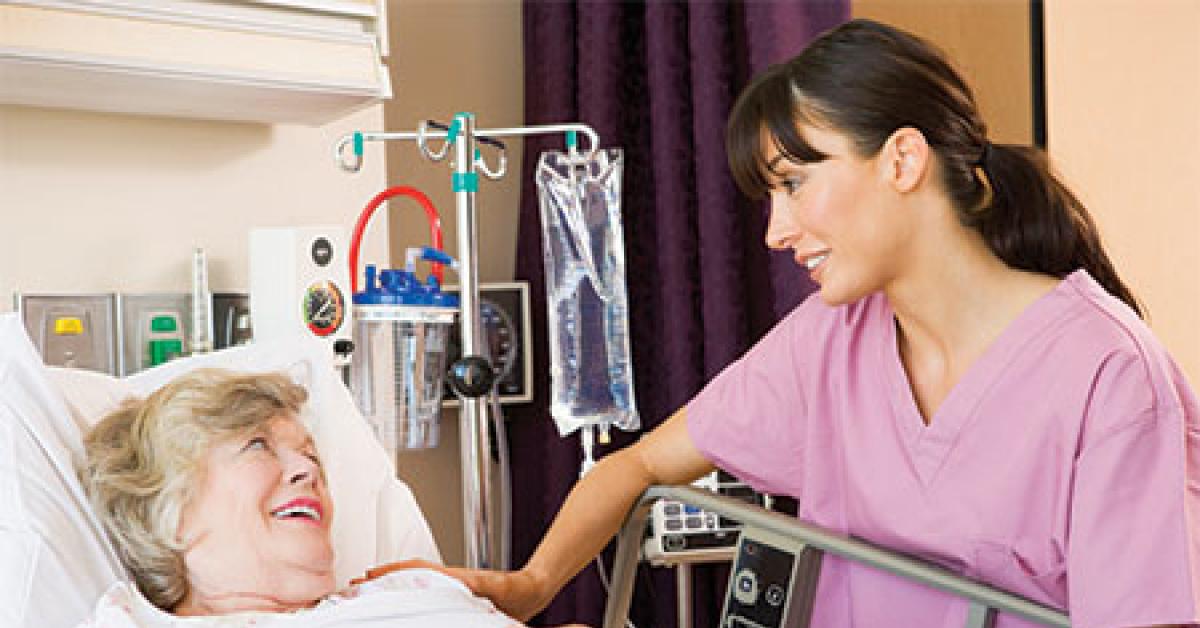RICHMOND, Ky. — “Do no harm” remains the cardinal rule for healthcare professionals, and the “Safe Patient Handling” programs instilled in many facilities today aids them in ensuring that patients receive proper care when being moved or transferred.
“What it comes down to is providing patient handling, with the use of equipment with the effort to [reduce] injuries associated to manual moving, lifting [and] transferring of patients,” says Steve Hoffman, director of education and training for patient lift systems manufacturer Medcare Lifts.
Hoffman partnered with the Association for Linen Management (ALM) to host the webinar Maintenance and Utilization Practices for Patient Safety Devices to discuss best practices for healthcare facilities and the use of patient safety devices, particularly slings and lifts.
Slings and lift systems are important to the health of patients, and to the health of care providers as well, according to Hoffman.
“Healthcare professionals, those that provide direct care to patients, are in the top two of all professions out there for rates of back injuries, and specifically those injuries that lead to days away from work,” says Hoffman.
He further outlined that “the majority of all nursing injuries are related to patient transfers” and that up to 52% of all nurses have complained of chronic back pain, with up to 12% of them leaving the profession altogether.
“The cumulative result in all this is that we are seeing a percentage of nurses completely leaving the profession.”
To combat this, many hospitals and healthcare facilities utilize slings and lift systems.
“We’re getting rid of the old ‘heave-ho’ approach,” says Hoffman. “With slings and lifts, we … move away from that approach to a more modern, engineering, controlled approach to getting rid of these injuries … both for patients and staff.”
Lift systems and slings not only mitigate the tension that comes with transferring or moving patients, it lessens the number of staff members needed altogether.
“In the manual approach, when we’re dealing with heavy patients, oftentimes it will take [up to] six staff members to move that patient,” says Hoffman. “With the use of a lift and a sling, oftentimes we can see that reduced to one or two staff.”
There are many types of slings available in the market today, with most reusable ones made from a polyester or polyester-nylon blend, he explains.
Slings like the seated sling, or the full body sling, are considered “the most universal,” as they assist in lifting a patient out of their bed into a chair, “which is one of the most common types of transfers,” according to Hoffman.
But regardless of their specific use, laundry professionals also play an important role in their continued usefulness, he says.
“The laundry folks … become a very key piece to this puzzle in making sure that slings are properly laundered, taken care of, inspected and [that] ultimately, a proper supply is made available to the care staff.”
Check back Thursday for the conclusion!
Have a question or comment? E-mail our editor Matt Poe at [email protected].
